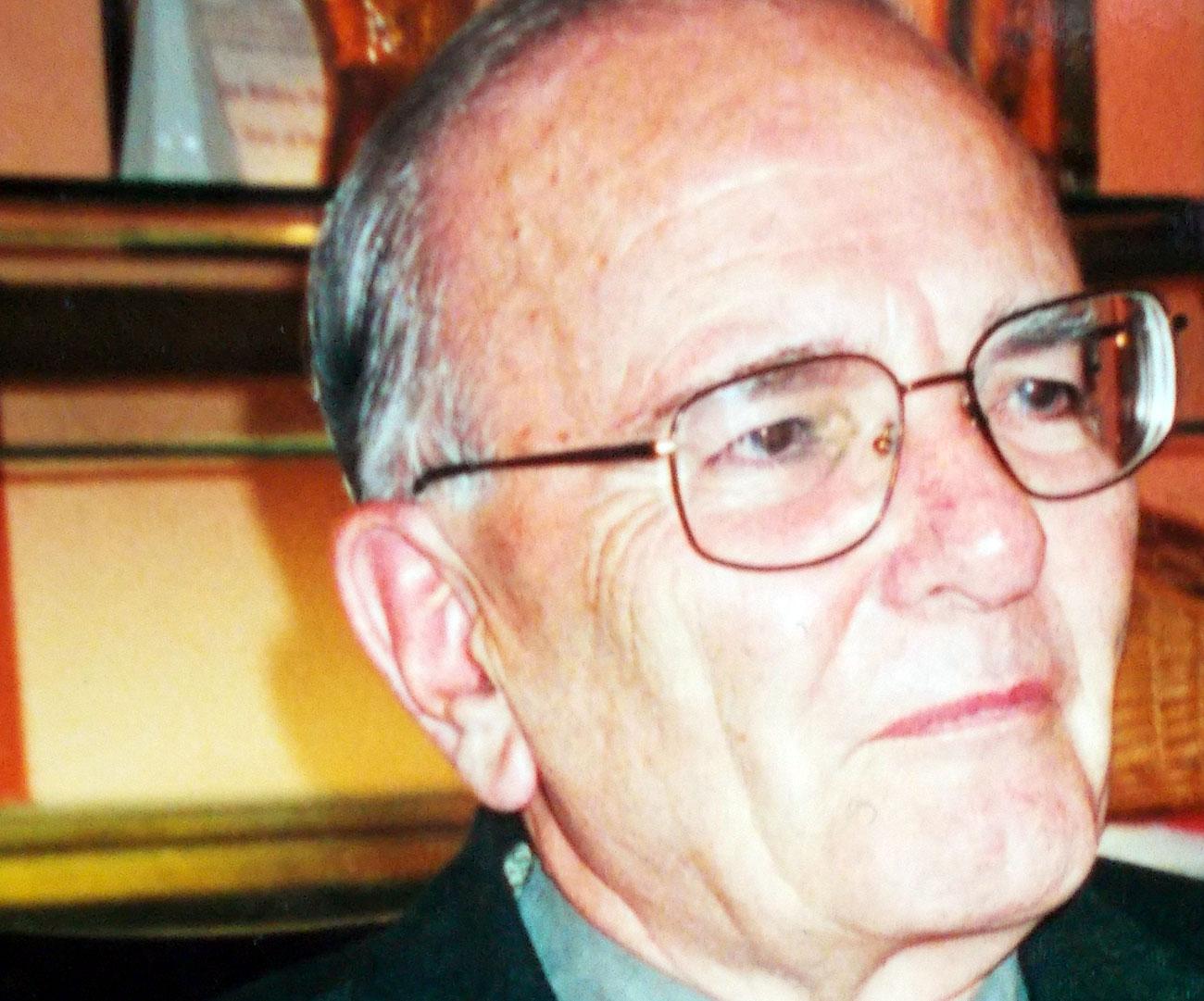On the 22nd February 2016 my uncle Ted Lusher passed away. A lifelong Fulham supporter he wrote an article which was published in the January 1994 edition of 'Cottage Pie' and is reproduced here. It is a sobering thought that of the 49,335 people who packed the Cottage in October 1938 only a few can still be alive. I urge supporters, whatever their age, to record their memories for future generations to enjoy.
Someone once wrote a book with the title 'Old Men Forget'. Needless to say I can't remember the author's name but this title occurred to me when the Editor of Cottage Pie' asked me to write a piece about Fulham's pre-war years.
I am 74 years old and have always been envious of those autobiographers and others who have a detailed memory of their childhood years. For my part the memories are vague and unclear but, Madam Editor, I will do my best with some disconnected jottings.
I was born in Kenyon Street Fulham in 1919 and I can recall being taken down to Craven Cottage by my father at a very young age. The only player that I clearly remember is Frank Penn, who was a very fine winger and of course in later years became the club's trainer.
My father was a very enthusiastic supporter, intolerant of any criticism of the Cottagers, and he often got into heated arguments with away supporters – much to my embarrassment. As soon as I was old enough I went on my own and kept out of his way in the ground.
Before the Riverside Stand was built the ground had open terracing and my friends and I used to get into one particular position at every home match, near the Hammersmith End and looking directly across at the goal. Although generally this gave a good view of the game, as a small person I had difficulty seeing some of the play when there was a very large crowd. Many years later I had a season ticket in the Riverside Stand at almost exactly the same spot.
It is a common saying that you can't believe what you read in the papers, and I had an early experience of this. One morning I was on my way with some other boys to play football in Bishop's Park. A chap stopped us outside Craven Cottage and offered us sixpence each to form a queue at the boys' entrance. He photographed us and the picture appeared in the same day's Evening Standard: 'Boys queuing for this afternoon's match at Craven Cottage'.
Over the years the supporters have frequently doubted the club's desire for real success. In 1933 the signing of John Arnold and Mike Keeping from Southampton, both top class players, seemed a step in the right direction. Arnold was a left winger with a very powerful shot and the ability to score goals from narrow angles, while Keeping, the full back, had the knack of turning defence into attack with his touchline clearances.
The 3-3 draw with Southampton in 1934 is well documented. Centre-half 'Carnera' Gibbons scored all three Fulham goals in the second half after being three goals down at the interval. What the record books do not mention is that Jackie Finch appeared to hold the Southampton keeper down while one of the goals went in.
In 1936 I had a job in the surveyor's office at Kings Cross station for the London & North Eastern Railway Company. It was poorly paid and I hated the work but I stayed about six weeks for one reason only: employees got concession fares on the railways and this enabled me to buy a cheap ticket to Wolverhampton for Fulham's FA Cup semi-final with Sheffield United. The disappointment at the loss that day was only matched 39 years later on the dejected walk down Wembley Way after Fulham's defeat by West Ham.
On the return journey from Wolverhampton the train made an unscheduled stop at Birmingham, and the disgruntled Fulham supporters showered the platform with beer bottles. The train hastily pulled out of the station. Hooliganism is not altogether a modern circumstance.
One match I do recall very well was the record-crowd day in 1938, against Millwall. The statistics record a figure of 49,335 and in our part of the ground the barriers collapsed and there was a tremendous surge forward by the crowd. To me it felt like receiving a very heavy blow in the back. The casualties were passed forward and in due course the match proceeded.
For my own part I could never claim to be a good judge of players. When Ronnie Rooke was signed from Crystal Palace he seemed to me to be much too slow but he went on to become my favourite player with his tremendous power of shooting for goal. I was there to see him score six times against Bury in an FA Cup-tie in 1939.
These days I live too far away to get to the Cottage but like all true supporters I feel joy at the weekend when the team has won, and conversely depression sets in if there has been a defeat.
Finally as they say in Private Eye that's enough boring old rubbish.
By Edward Lusher (1994)
The views expressed in this blog are those of the author and unless specifically stated are not necessarily those of the London Borough of Hammersmith & Fulham

